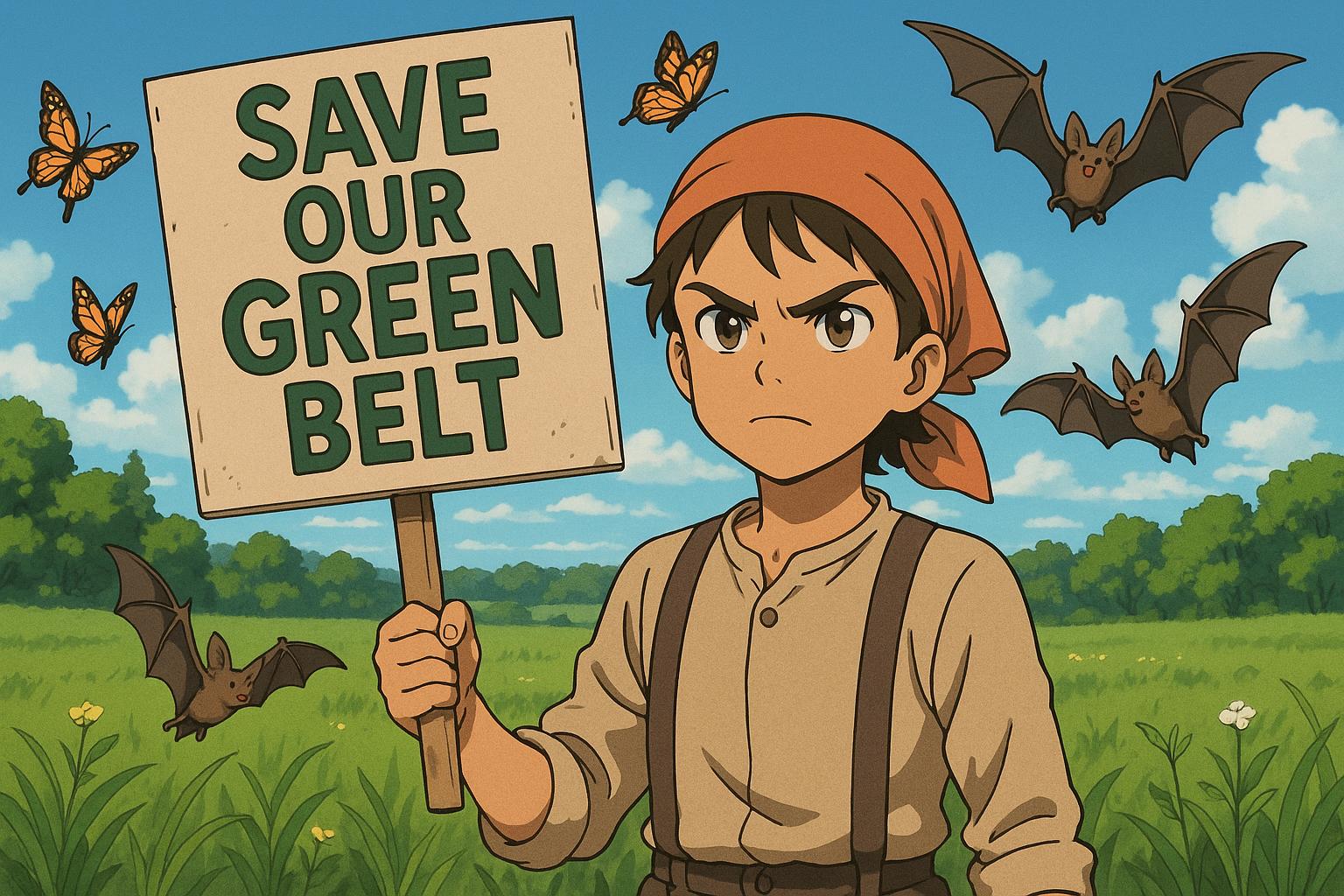Residents of Wharncliffe Side, a village on the outskirts of Sheffield, are mobilising against a proposed development that threatens to add 300 new homes to a green belt area already transformed by recent construction. With a population of around 1,335, this former farming community has seen its character significantly altered by the introduction of over 1,000 new homes in the past few years. Locals are voicing fears that the new plans will exceed the community's capacity, both in terms of infrastructure and its ecological footprint.
Lead protester David Thornton, 62, articulated the community's distress, noting that previous developers had deemed the land unsuitable for building due to its environmental sensitivities. "We've already had 1,000 or so houses built in this area," he explained. "The whole community is traumatised by this whole idea.” He pointed out the lack of adequate access to the land and raised concerns over drainage issues, which could exacerbate flooding—a sentiment echoed by other residents who treasure the local wildlife that thrives in the area, including various species of bats and butterflies.
The average house price in Wharncliffe Side sits at approximately £318,939, indicating a rising demand for housing in this picturesque location. However, many residents argue that further development threatens not only the village’s landscape but also its community cohesion. Thornton expressed that the field earmarked for development serves as vital communal space, particularly for the elderly and children who frequently enjoy its natural beauty.
As the local council considers broader plans to construct more than 3,500 homes across the city on green belt land, many in Wharncliffe Side are questioning the need for further residential expansion. During a recent council meeting, residents raised critical questions about the potential environmental impact of such developments. Jane Williams, a concerned local, highlighted the ecological richness of the area, stating, "It is not a piece of wasteland but an area of nature. We are at a critical point in climate change; things have to be protected."
Further complicating matters, the council has recently voted that "exceptional circumstances" exist to justify the release of greenfield land for development, a decision that many residents view as both alarming and arbitrary. Critics of the proposal, including local MP Miriam Cates, have emphasised the need for robust environmental protections, particularly in light of similar proposals in the region that threaten other wildlife habitats.
A survey from the University of Sheffield raised additional concerns, revealing a significant gap between promised ecological protections in new housing developments and their actual implementation. Only 53% of expected ecological features, such as wildlife corridors and habitats, were found to exist in new builds, prompting fears that crucial species could be further endangered by the new developments in Wharncliffe Side.
Local residents are now rallying not only against the specific housing proposal but also against what they perceive as a trend of unchecked development prioritising economic gain over ecological and community concerns. Many are calling for transparency and accountability from council officials, urging them to explore alternatives rather than yielding to government targets that seemingly favour expansion at the expense of local green spaces.
As the community prepares for another public meeting to voice their concerns, the future of Wharncliffe Side hangs in the balance. The ongoing debate reflects broader tensions in urban development across the UK, where the appetite for new housing must be weighed against the imperative to protect the environment—an issue resonating deeply with communities nationwide.
Reference Map - Paragraph 1: [1], [6] - Paragraph 2: [1] - Paragraph 3: [1], [4] - Paragraph 4: [1], [2], [3] - Paragraph 5: [1], [5] - Paragraph 6: [1], [4] - Paragraph 7: [5], [6] - Paragraph 8: [1], [6], [7]
Source: Noah Wire Services
